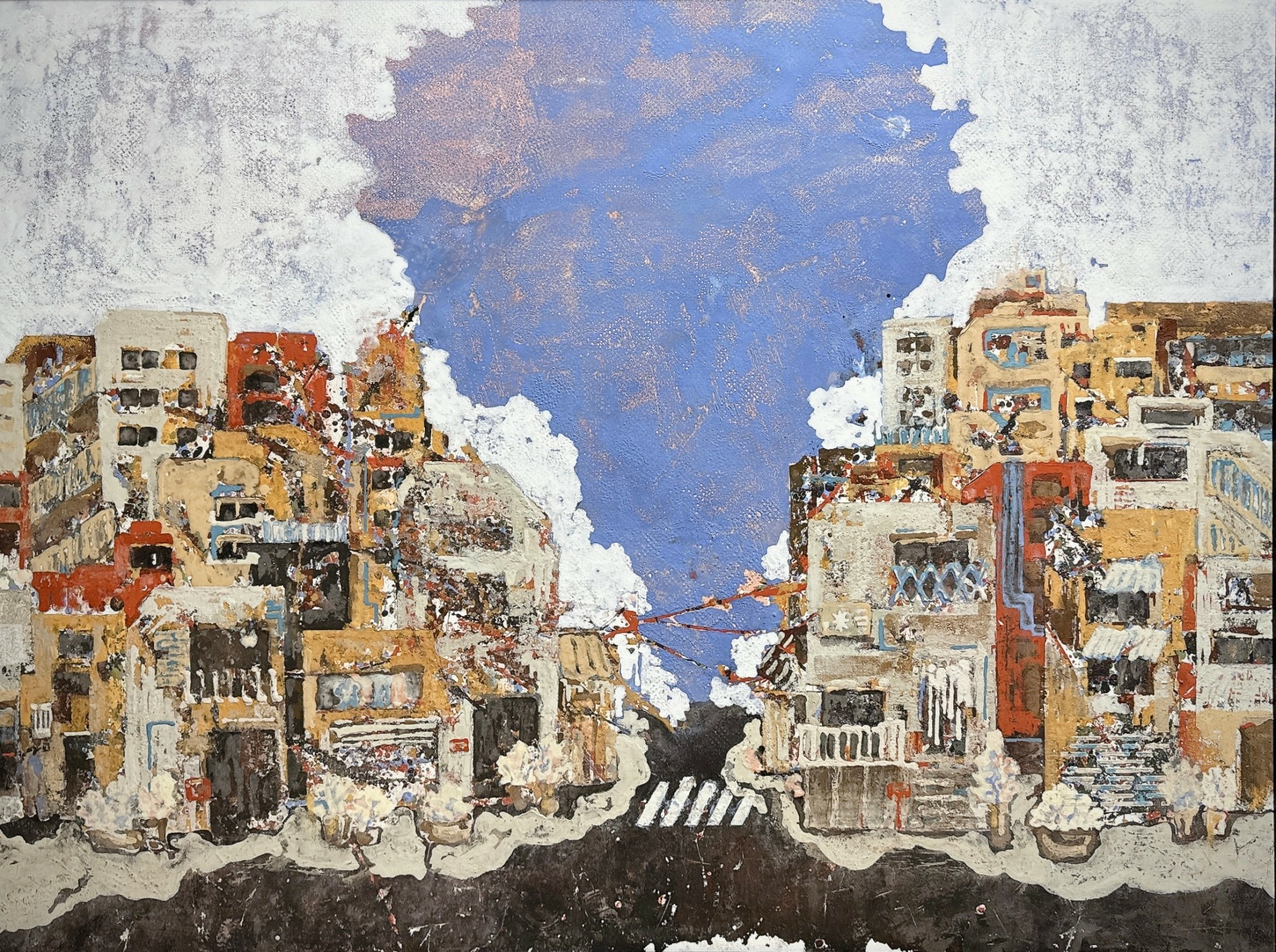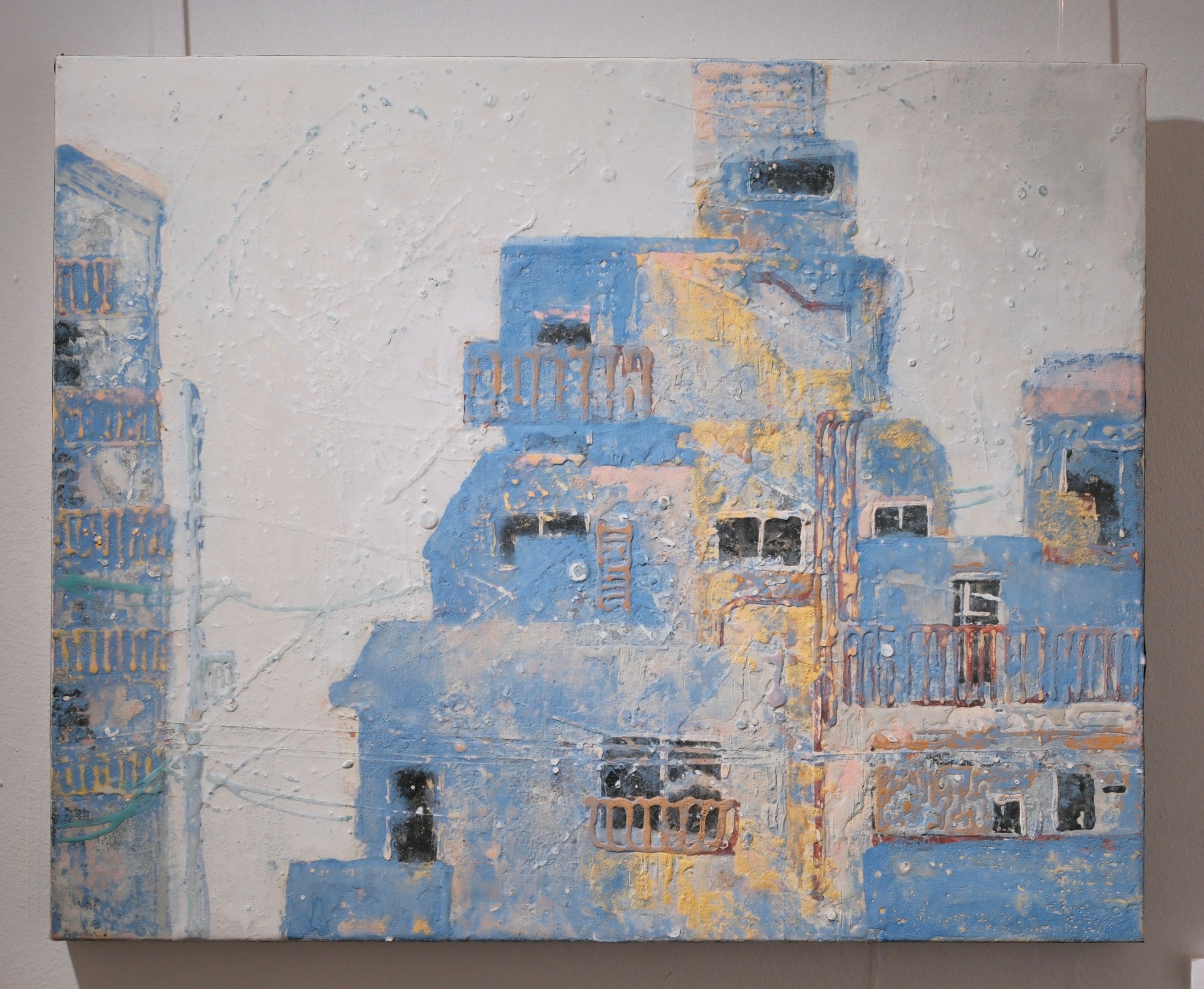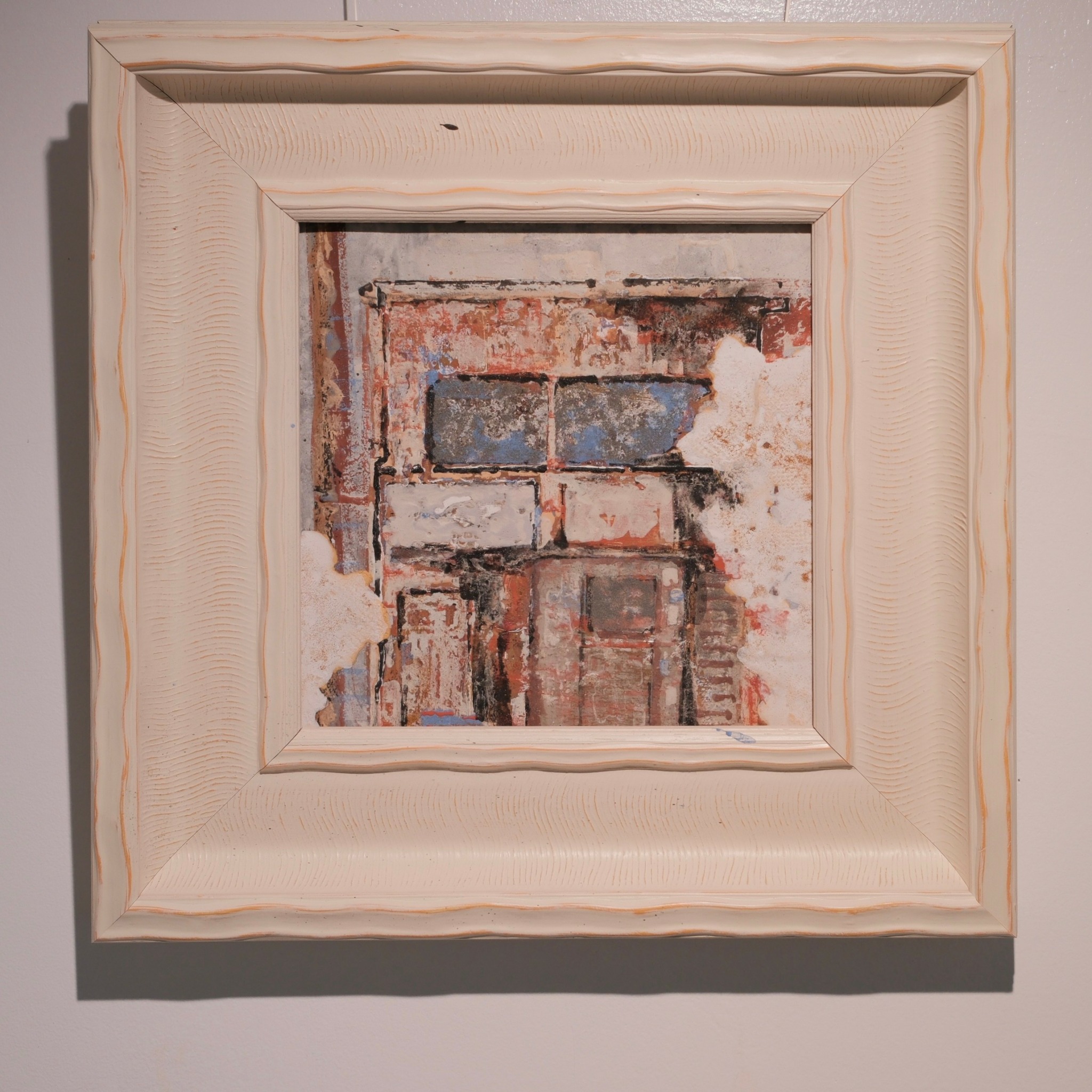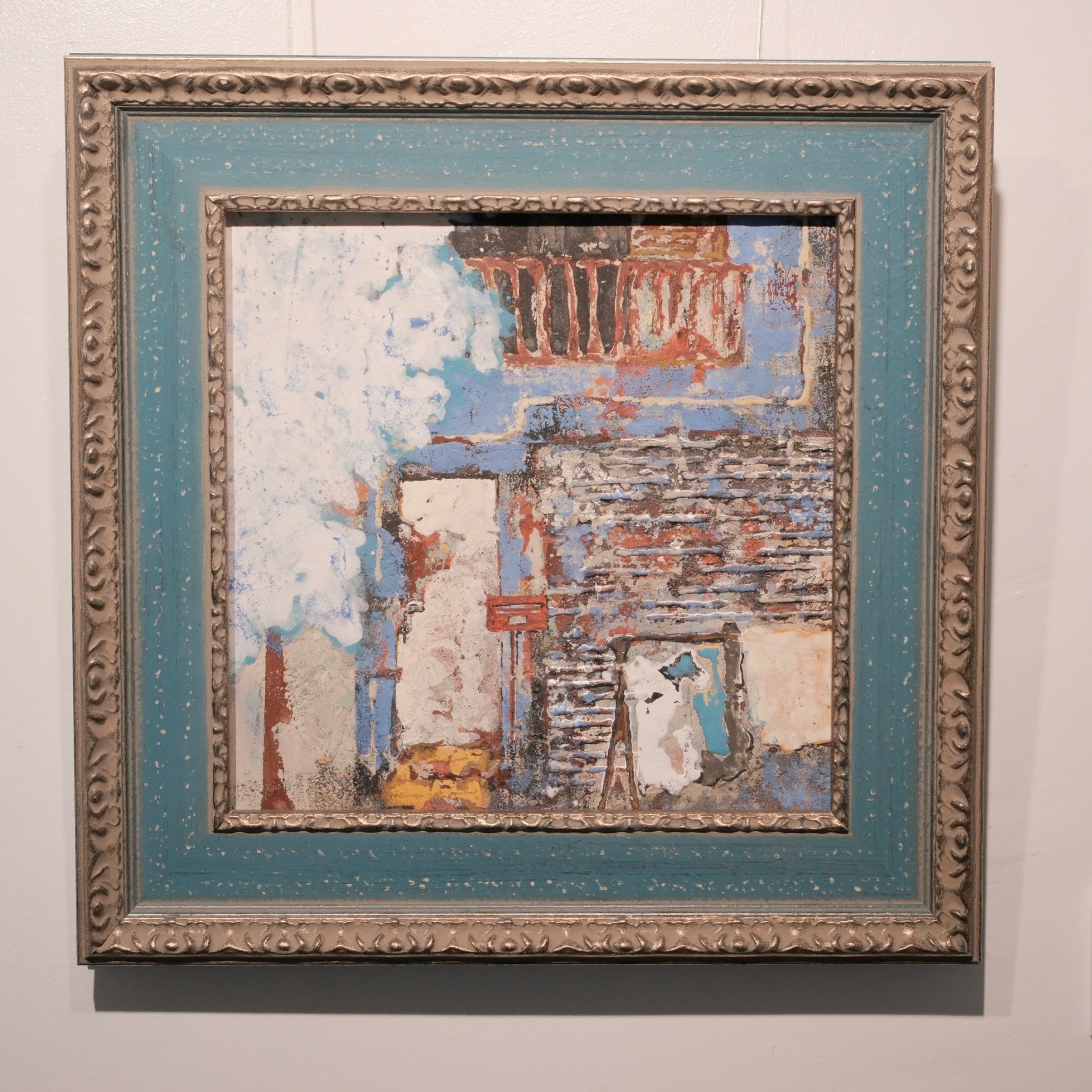We recently connected with ZHANG SHICHEN and have shared our conversation below.
ZHANG, looking forward to hearing all of your stories today. Can you tell us about an important lesson you learned in school and why that lesson is important to you?
One of the most impactful courses I took during my time at school was Artist Practice and Professional Development. It went beyond studio work and taught me essential skills for working as an artist in the real world. Through this course, I learned how to introduce myself and my work professionally, communicate effectively with galleries, and even how to apply for grants to support exhibitions. These practical lessons gave me a clearer vision of how to build a sustainable career as an artist.

ZHANG, love having you share your insights with us. Before we ask you more questions, maybe you can take a moment to introduce yourself to our readers who might have missed our earlier conversations?
I’m an artist with a background in Japanese painting, but my current work expands into installation and interactive art. My goal is to create experiences that invite viewers to reflect, engage, and sometimes participate directly. I often explore subtle emotions and everyday details, using both traditional and unconventional materials.
What makes my work different is a mix of emotional sensitivity and playful structure. I enjoy turning quiet observations into something people can physically and emotionally connect with. I’m proud when my art resonates even with those who don’t usually engage with art. That connection is what I value most.

What’s the most rewarding aspect of being a creative in your experience?
For me, the most valuable part of being an artist is creating something that resonates with others—emotionally, intellectually, or even just for a moment of quiet reflection. I think art is powerful when it gives people a space to pause, feel, and connect, especially in a world that moves so quickly.
I often think about how to be “one of the majority among the minority” — to express personal, even quiet ideas, in ways that still connect broadly. I hope my work can stay honest and sensitive, while still reaching people across different backgrounds. That silent dialogue between the work and the viewer is what I treasure most.

Learning and unlearning are both critical parts of growth – can you share a story of a time when you had to unlearn a lesson?
One of the most valuable lessons I’ve learned came from organizing my very first solo exhibition. I had put so much time and energy into creating the artworks and setting up the space — but I didn’t put the same amount of effort into promotion.
As a result, not many people came. The audience turnout was much lower than I had hoped, and it was honestly disappointing. But that experience taught me something essential: creating art is only one part of being an artist — you also need to learn how to communicate, promote, and connect with others.
Since then, I’ve been more intentional about how I share my work and reach out to others, whether through social media, networking, or writing better introductions to my exhibitions. Art needs an audience, and reaching people is part of the creative journey too.
Contact Info:






